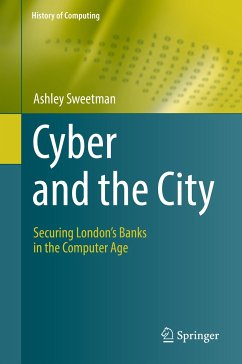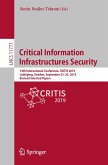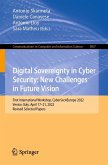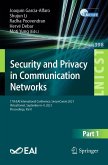Technological change in the second half of the 20th century prompted UK banks to reevaluate their function as trusted protectors of wealth. In the City of London, historically the capital's business and commerce hub, the huge clearing banks employed newly commercialised computers-the processing power of which could transform the highly clerical clearing and settlement process. What unfolded over the following three decades was a relentless modernisation drive. Revolutionising and permanently altering the speed and scale at which the UK's financial sector functioned, this rapid modernisation thrust computer (hardware and software) security into the consciousness of bank executivesand clients alike.
Focusing on the period 1960 to 1990, this book uses newly released and previously unexplored archival material to trace the origins of cyber security in the UK financial sector.
Topics and features:
- Describes how institutions managed the evolving challenge of computer security in the second half of the 20th century
- Demonstrates continuity in banks' views of security through the prism of confidentiality, integrity and availability, and the concept of resilience
- Presents case studies of bank collaboration on computer security through creation of payment systems like SWIFT and CHAPS
- Outlines the shift from focusing on physical security measures to technical network-protection measures
- Explores the relationship between banks and the UK Government as bank operations became dependent on computer and network technology
This work will be of value to students and academic researchers in the history of computing, financial history, and the history of intelligence and security, as well as general readers interested in contemporary intelligence, cyber security, and finance.
Dr. Ashley Sweetman works in cyber security for a London-based global bank and holds a PhD from the Department of War Studies at King's College London.
Dieser Download kann aus rechtlichen Gründen nur mit Rechnungsadresse in A, B, BG, CY, CZ, D, DK, EW, E, FIN, F, GR, HR, H, IRL, I, LT, L, LR, M, NL, PL, P, R, S, SLO, SK ausgeliefert werden.









